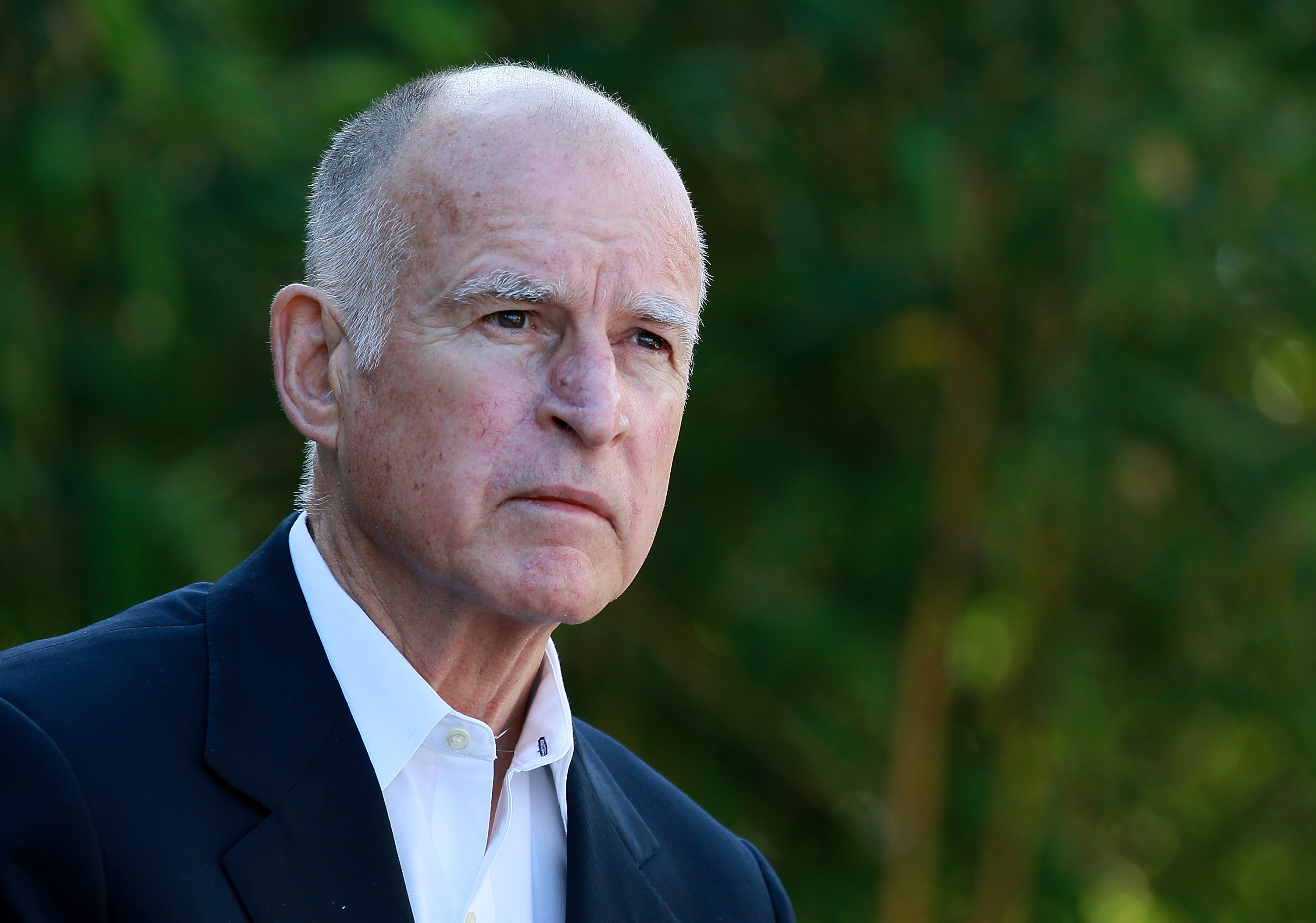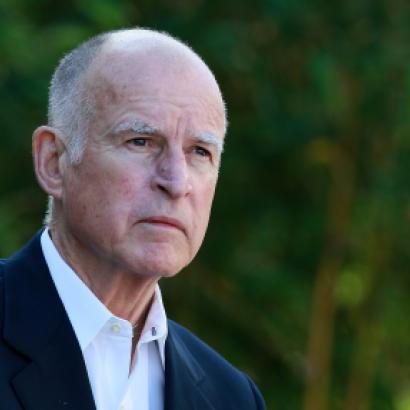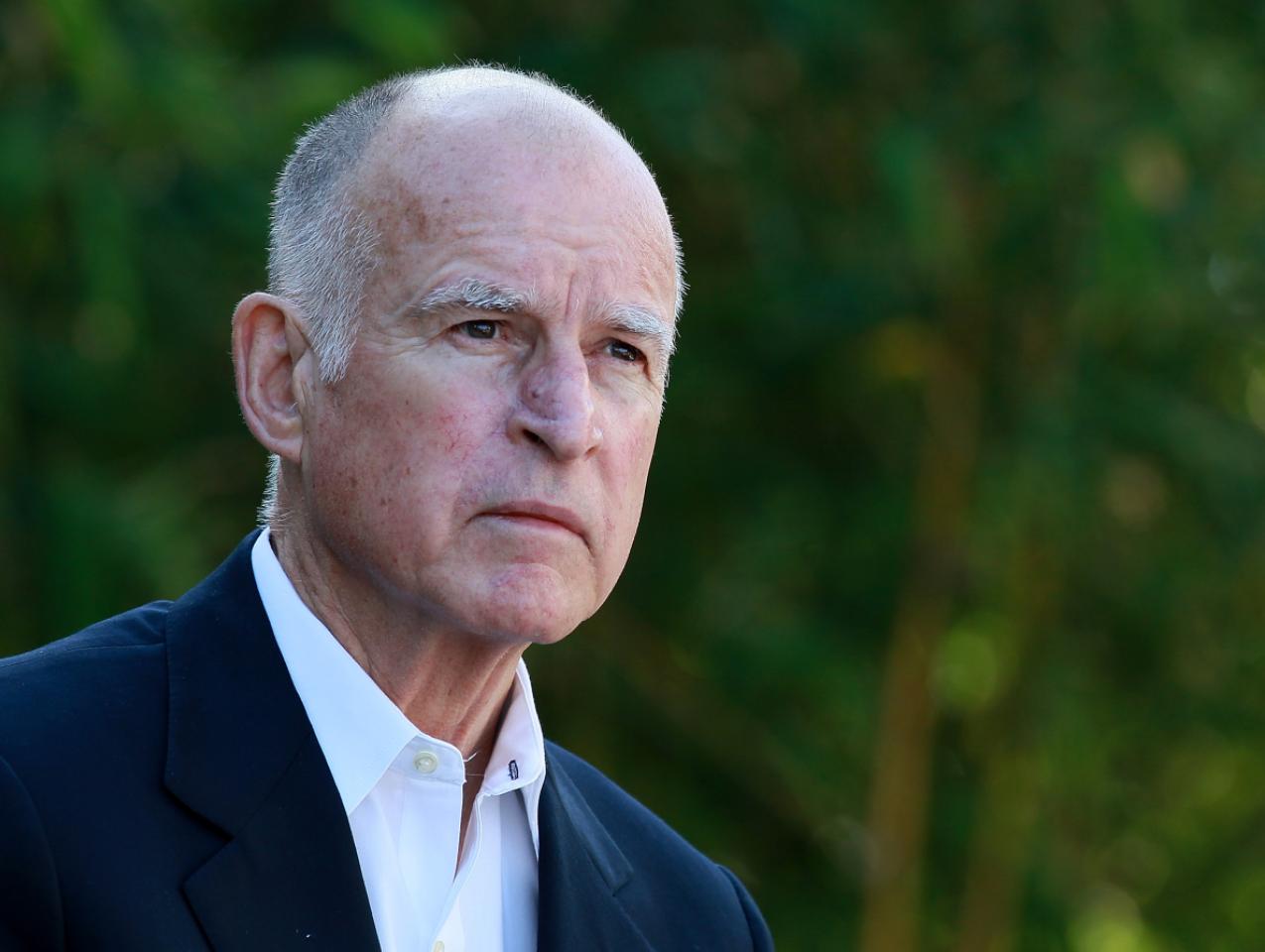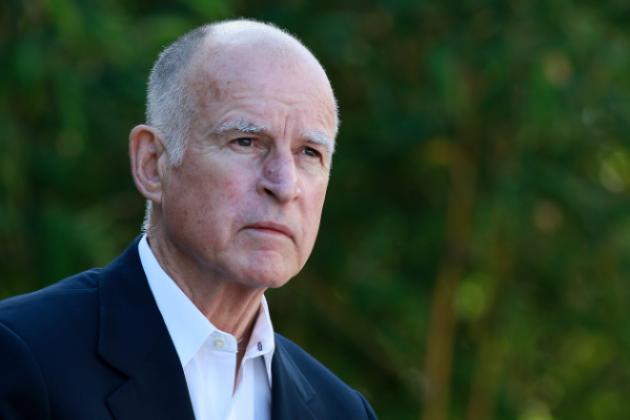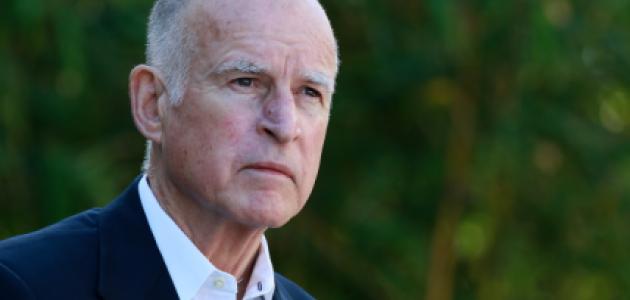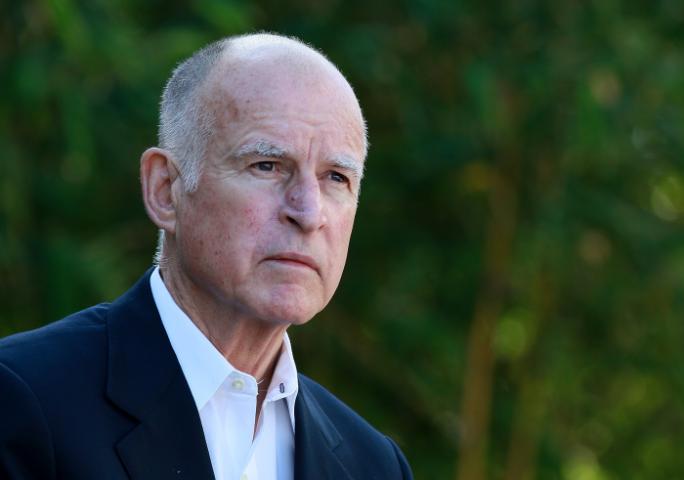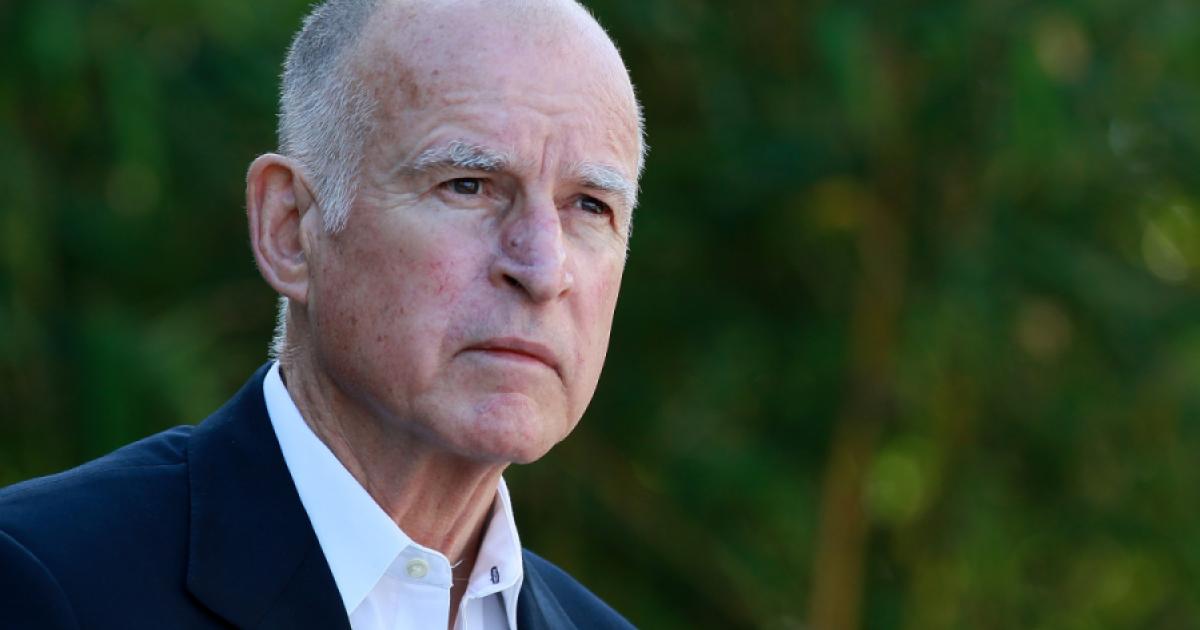Jerry Brown —now in the last of his second pair of terms as governor of California—should command broad national attention and not only as a possible presidential candidate if Hillary Clinton falters.
Mr. Brown’s policies are more complex and nuanced than a typical big-spending liberal in a blue state. He plans, at great cost to consumers, to mandate that 50% of the electricity generated in the state be from renewables such as solar and wind by 2030. But he won’t ban fracking as New York Gov. Andrew Cuomo did recently. Instead Mr. Brown prefers heavy regulation.
He is California’s most popular politician—for now. The question he no doubt asks himself is how he will go down in the history books.
Mr. Brown’s biggest achievement is presiding over a budget that has moved from an $18 billion deficit in 2011 to a projected $2 billion cash surplus in fiscal 2015-16. The main engine was a 28% surge in revenue from the economic recovery and stock-market boom—and a seven-year “temporary” (and retroactive) tax hike in 2012 that raised the state’s top personal income-tax rate to the nation’s highest, 13.3%.
Unfortunately, the governor missed an opportunity to stabilize the state’s revenue system. Income-tax collections—which rely heavily on exercised technology-stock options and capital gains taxed as ordinary income—have jumped to two-thirds from just over half of revenue on his watch. At the peak of an economic cycle, e.g., 2000 and 2006, 1% of the population paid half of the taxes.
Mr. Brown may ride out the economic recovery and revenue rebound. His successor, California taxpayers and residents dependent on public services will be stuck with a disaster in the next economic downturn. When revenues plummeted 18% in fiscal 2008-09, the state cut spending for education and social services, issued IOUs for accounts payable, and raised the sales tax.
So far Mr. Brown has not proposed using the budgetary breathing room to push for a more growth-oriented tax system with a broader base, lower rates, and less reliance on the state’s volatile progressive income tax. Various models for tax reform—including one I helped develop on a bipartisan state commission in 2009—are readily available.
Another opportunity for reform so far unrealized is the state’s unfunded pension and health liabilities. A Stanford University study estimates these liabilities to be between $300 billion and $500 billion, and they are increasing by $17 billion a year. This means that the state’s small cash surplus is a really whopping deficit.
In 2011 Mr. Brown spoke about the glaring mismatch between California’s pension funding and liabilities. “It’s not even a matter of higher math,” he said. “It’s fifth-grade arithmetic.” So far his pension reforms, though sensible, solve only a small part of the problem and are being challenged in court by public unions. Almost all affect only new state employees and will have little impact for decades.
To deal with the deficit in funding teacher pensions, Mr. Brown last year shifted most of the cost to local school districts. This will crowd out teacher hiring, school construction and equipment.
Mr. Brown proposes a dialogue with the public unions about health costs. But his nibbling around the edges of pension reform, where costs are accruing far more rapidly than his modest savings, suggests similarly small health reforms.
Although he inherited them, Mr. Brown is presiding over the most rapid expansion of unfunded liabilities in state history. Such cost pressures in a private business at a minimum would lead to enhanced efficiency. Opportunities are plentiful—the state spends more per incarcerated inmate than the take-home pay of the median family. But no serious consideration of welfare or MediCal (the state’s Medicaid program) reform is under discussion.
Mr. Brown spent the first half of January on a triumphal tour of the state, including a ceremonial groundbreaking for his signature initiative, a high-speed rail system to connect Los Angeles and San Francisco. The project was originally billed as a $9 billion state bond expense out of a total projected cost of $33 billion—the balance from federal and private funds. The projected cost is now $68 billion and will use more existing rail, slowing the speed considerably. No private funding is in sight, nor is any more federal money likely beyond the $2 billion from President Obama’s 2009 stimulus.
California is a leader in technology, home to the most innovative companies and a remarkable array of talent and great universities, and the harbinger of demographic and cultural trends. But it is also home to some of the nation’s most difficult problems: Between 2004-13, the population grew 2.25 million, while the number on assistance programs grew by 2.9 million. Even before ObamaCare, the state had more Medicaid recipients than taxpayers.
No one expects Jerry Brown to govern like Chris Christie or Scott Walker. Still, his election to a third and fourth term has raised expectations that he would leverage his popularity to put the state on a more stable fiscal footing. Getting there would require reforms that are politically challenging. But overcoming these challenges is the essence of leadership and will define his legacy.
Mr. Boskin, a professor of economics at Stanford University and senior fellow at the Hoover Institution, was chairman of the Council of Economic Advisers under President George H.W. Bush.







